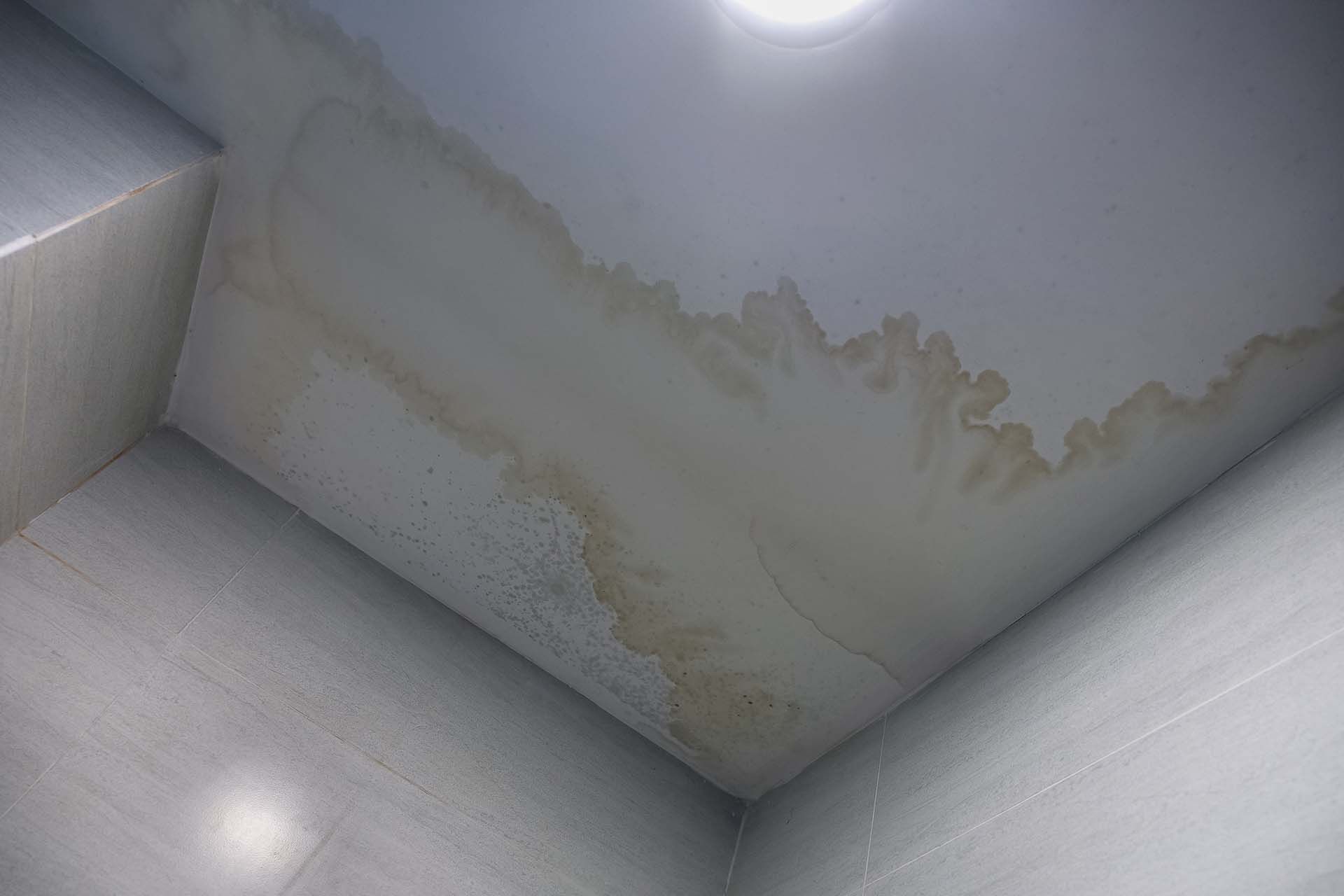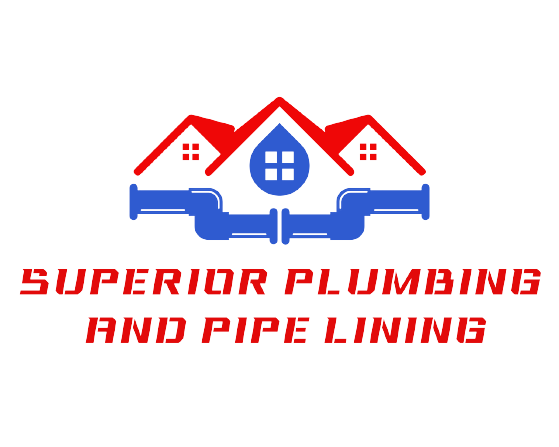
Common Causes of Water Stains on Ceilings
- Leaky pipes and attic moisture are common causes of ceiling water stains.
- Address ceiling water damage quickly to prevent costly repairs.
- Poor ventilation can lead to stains and dangerous mold growth.
- Fix plumbing issues to protect your home from future water damage.
Few things are as alarming as looking up and noticing unsightly water stains on your ceiling. Not only do they detract from the appearance of your home, but they also signal an underlying issue that needs attention. If left unaddressed, these stains can lead to bigger problems like mold growth, structural damage, and costly repairs.
Understanding the common causes of water stains on ceilings is the first step toward resolving the issue and preventing it from happening again. Whether it’s leaky pipes, attic moisture, or other sources, identifying the root cause is key.
Top Causes of Ceiling Water Damage & How to Fix Them
Here’s a breakdown of the most common culprits behind ceiling water damage and what you can do about them.
1. Leaky Pipes
One of the most common causes of water stains on ceilings is leaky pipes. Over time, plumbing connections can weaken, pipes can corrode, or accidental damage can occur, leading to slow drips or bursts.
Leaks from pipes running through walls or ceilings can cause moisture to seep into your ceiling’s materials, leaving behind a telltale stain.
Some common signs of a pipe leak include:
- Persistent water stains that grow larger over time.
- Discoloration in a circular or irregular pattern.
- Moisture or dripping water around the stain.
If the leak goes unnoticed, it can lead to significant ceiling water damage, weakening the structure of your home and increasing the risk of mold growth.
To address the issue, it’s critical to call a professional plumber who can locate and repair the leak before further damage occurs.
2. Attic Moisture
Attic moisture is another frequent culprit behind ceiling water stains. If your attic isn’t properly ventilated, excess humidity can build up and condense on the underside of the roof or insulation. Over time, this moisture can seep down into your ceiling, causing stains or even damage to the drywall.
Common causes of attic moisture include:
- Poor ventilation, which traps humid air in the attic.
- Roof leaks that allow rainwater to enter the space.
- Inadequate insulation, leading to temperature imbalances and condensation.
In addition to creating ceiling stains, excess moisture in the attic is a prime breeding ground for mold growth, which can affect your home’s air quality and pose health risks.
The solution often involves addressing the ventilation and insulation issues in your attic. A professional can assess the space and recommend the right fixes to prevent further damage.
3. Roof Leaks
A damaged or aging roof is another major cause of ceiling water damage. Missing shingles, cracked flashing, or clogged gutters can allow rainwater to seep into your home, leading to moisture buildup in your ceiling.
Water from roof leaks often travels along beams or other structural elements before pooling in one area, which can make it tricky to pinpoint the exact location of the leak.
Some telltale signs of a roof leak include:
- Water stains that appear after heavy rain.
- Stains that grow larger during wet weather.
- Moisture dripping from light fixtures or ceiling fans.
Addressing a roof leak quickly is critical to preventing further damage. A roofing professional can inspect your roof, identify the source of the problem, and make the necessary repairs.
4. Plumbing Overflows
In addition to leaky pipes, plumbing overflows can also cause water stains on ceilings. Overflowing bathtubs, sinks, or toilets on an upper floor can send water seeping down into the ceiling below. These incidents are often easier to identify because they happen suddenly and leave behind visible signs, such as wet spots, peeling paint, or sagging drywall.
If a plumbing overflow occurs, it’s essential to act quickly. Start by shutting off the water source and drying the area as much as possible. Then, contact a plumber to check for any lingering issues and prevent further damage.
5. HVAC Issues
Your home’s heating, ventilation, and air conditioning (HVAC) system can also contribute to water stains on ceilings. For example, a clogged or improperly drained air conditioner condensate line can cause water to back up and overflow.
Additionally, ductwork in the attic can collect condensation, particularly in humid climates. If this condensation isn’t properly managed, it can lead to moisture buildup and ceiling water damage.
Routine maintenance of your HVAC system, including cleaning drain lines and checking for leaks, can help prevent these issues.
6. Poor Bathroom Ventilation
Bathrooms are naturally high-moisture areas, and poor ventilation can lead to excess humidity that damages the ceiling over time. If your bathroom fan isn’t working effectively—or if you don’t have one at all—steam from showers can accumulate, leading to stains, peeling paint, and mold growth.
Installing a high-quality ventilation fan and using it during showers can significantly reduce moisture buildup and protect your ceilings from damage.
7. Mold Growth
One of the biggest risks of ignoring water stains on ceilings is the potential for mold growth. Mold thrives in damp, dark environments, and a water-damaged ceiling provides the perfect conditions.
In addition to being unsightly, mold can cause health problems, including respiratory issues and allergies. It can also weaken your home’s structure if left unchecked.
If you suspect mold is present, it’s important to address both the source of the moisture and the mold itself. A professional plumber or remediation expert can help resolve the issue safely and effectively.
Take Action to Prevent Ceiling Water Damage
Water stains on ceilings aren’t just a cosmetic problem—they’re a sign that something more serious is happening within your home. Whether the cause is leaky pipes, attic moisture, or another issue, addressing the root problem quickly can prevent further ceiling water damage and costly repairs.
At Superior Plumbing, we specialize in identifying and resolving plumbing issues that lead to water stains and other damage. From pinpointing leaks to repairing plumbing systems, our team is here to protect your home and restore your peace of mind.
Don’t wait for stains to get worse—contact Superior Plumbing today to schedule an inspection and keep your home safe from water damage!
